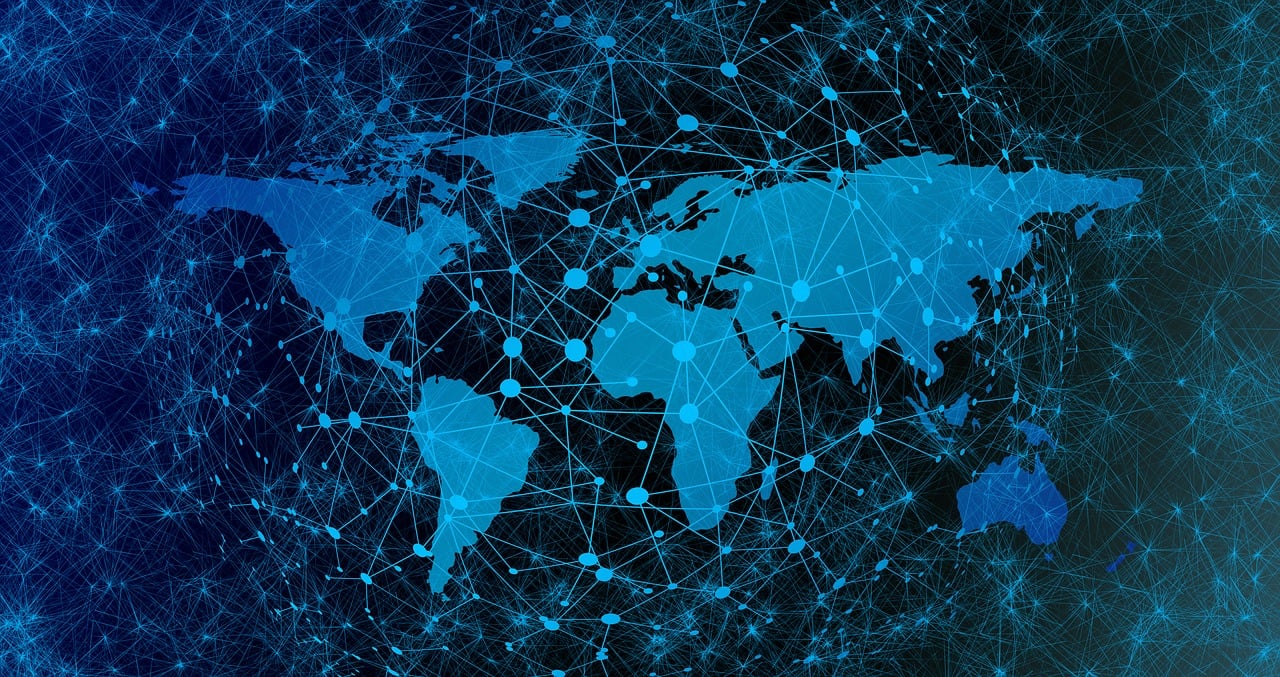Title: Sailing the Seas of Communication and Power: A Comprehensive Analysis of Cables
Cables have played an essential role in the development of communication and power systems. They transmit information, energy, and voltage across long distances, enabling people and devices to connect with each other. In this comprehensive analysis of cables, we delve into their history, types, and functions. We explore how cables differ in their materials, sizes, and shapes, as well as their applications in industries such as telecommunications, transportation, and aerospace. Moreover, we investigate the challenges faced by cable manufacturers in ensuring the reliability, durability, and safety of their products. Finally, we highlight the future trends and developments in cable technology, including the use of new materials, smart cables that can monitor and regulate their own properties, and the integration of cables into renewable energy systems. By understanding the significance of cables in our modern society, we gain a deeper appreciation for the complex engineering behind these seemingly simple components.
Cables play a pivotal role in modern society, transmitting both electrical energy and information across vast distances. Among them, two types stand out as particularly noteworthy: communication cables and power cables. While their primary functions differ greatly, both serve as essential components of our interconnected world. This article will explore the distinctions between these two types of cables and their critical roles in society.

Communication Cables: The Transmission of Information
Communication cables, such as fiber optic cables, transmit data at incredible speeds. These cables are designed to carry signals over long distances, enabling us to access information from anywhere in the world with lightning-fast speed. They are used in a variety of applications, from internet connections in our homes and offices to telecommunication systems on ships and airplanes.
The technology behind communication cables relies on light waves to transmit data. This is in contrast to power cables, which use electrical current to transmit energy. The unique properties of light waves allow for high-speed data transfer without the need for bulky hardware or complicated infrastructure.
Power Cables: The Transmission of Electrical Energy
On the other hand, power cables are designed to transmit electrical energy over long distances, from power plants to homes and businesses. They are an essential component of our electricity grid system, providing the energy we use to power our homes, factories, and transportation systems.

Power cables are typically made of thick layers of insulation to protect the wires inside from external factors like moisture, dust, and temperature changes. They are also designed to withstand heavy mechanical stresses that can occur during transmission.
While communication cables and power cables might appear similar at first glance, they operate on entirely different principles. Communication cables transmit information, while power cables transmit energy. However, their design and function are deeply intertwined. For example, a communication cable that carries electrical signals may be part of a larger power distribution network, connecting power plants and substations across great distances. In this way, communication and power cables work together to create the complex web of systems that power our modern world.
Comparison of Communication Cables and Power Cables
Both communication and power cables play vital roles in our society, but they face unique challenges due to their different properties. Communication cables must operate over vast distances, sometimes through water or air, which presents significant challenges in terms of durability and resistance to environmental factors. On the other hand, power cables must handle large amounts of electricity and ensure that it is delivered safely and reliably to consumers.
Despite these differences, both types of cables share some common characteristics. They are both designed for long-distance transmission and require careful engineering and testing to ensure their reliability and safety. Additionally, both types of cables rely on advanced technologies like signal conditioning, error correction, and modulation techniques to transmit information effectively.

Conclusion
In today's interconnected world, communication cables and power cables form the backbone of modern society. While their primary functions differ significantly, they are both essential components of our global infrastructure. As we continue to develop more advanced technologies for transmitting information and energy over long distances, it is likely that we will see further integration between these two types of cables. Whether it's through the creation of new hybrid systems or the development of specialized cables designed for specific applications, the future of communication and power transmission promises to be just as fascinating as it is transformative.
Articles related to the knowledge points of this article:
Beijing Hya Internal Communication Cable Sales: A Comprehensive Guide
Mine Communication Cables: A Critical Infrastructure for Mining Operations
The Kunming Road Communication Cable Story